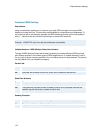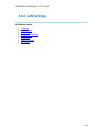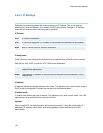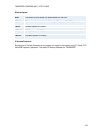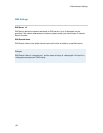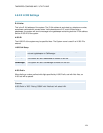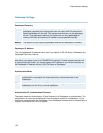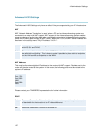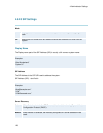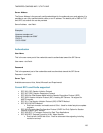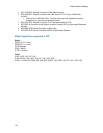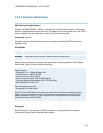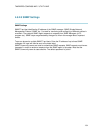
4 Administrator Settings
127
Advanced H.323 Settings
The Advanced H.323 Settings only have an effect if they are supported by your IP infrastructure.
NAT
NAT, Network Address Translation, is used when a PC and a videoconferencing system are
connected to a router with NAT support. NAT support in the videoconferencing system enables
proper exchange of audio/video data when connected to an external videoconferencing system
(when the IP traffic goes through an NAT router). When NAT is On, the NAT Server Address will
be shown in the startup-menu: "My IP Address: 10.0.2.1".
On
The system will signal the configured "NAT Address" in place of its own IP-address
within Q.931 and H.245.
Auto
The system will try to determine if the "NAT Address" or the real IP-address should
be used within signalling. This is done to make it possible to place calls to endpoints
on the LAN as well as endpoints on the WAN.
NAT Address
This must be the external/global IP-address to the router with NAT support. Packets sent to the
router will then be routed to the system. In the router, the following ports must be routed to the
system’s IP-address:
Port 1720
Port 5555-
5560
Port 2326-
2365
Please contact your TANDBERG representative for further information.
RSVP
Auto
Resource Reservation Protocol enables the systems to request the optimal amount
of bandwidth for the duration of an IP videoconference.
Off
Resource Reservation Protocol is switched off.



